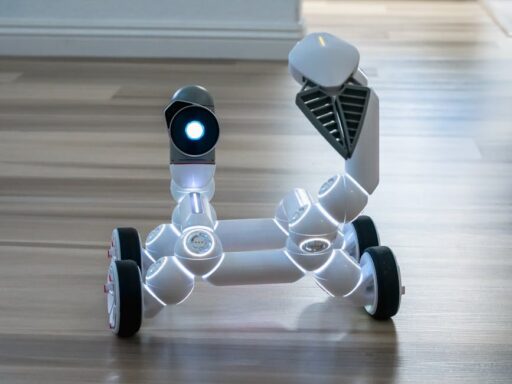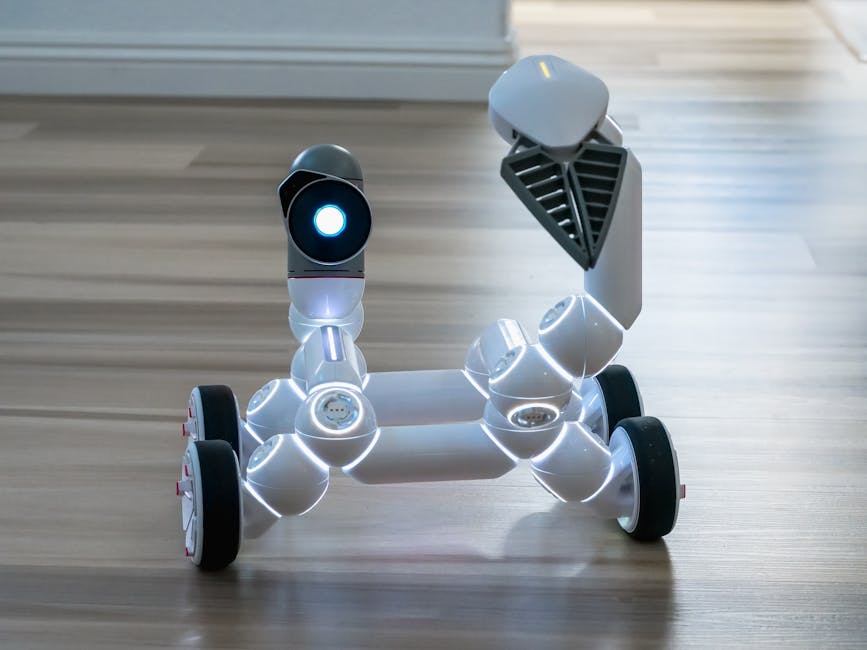Ensuring AI Safety for Kids: A Critical Analysis
As artificial intelligence becomes increasingly integrated into everyday technology, ensuring the safety of AI products for children is paramount. A recent assessment highlights the need for AI systems, like Google’s Gemini, to be designed with child safety and developmental needs as a priority, rather than simply adapting adult-oriented models with minimal changes.
The assessment noted that while Gemini does inform young users that it is a computer and not a friend, there are significant areas where safety can be improved. Specifically, the study found that AI products should be built from the ground up with children’s unique needs in mind, as opposed to merely adding safety features to existing adult models. For instance, Gemini was found to potentially share inappropriate or unsafe material with children, including content related to sensitive topics like mental health, which could be alarming for parents.
This issue is underscored by recent reports of AI’s role in influencing vulnerable teens, with instances of AI interactions being linked to teen suicides. As AI continues to evolve and integrate into more platforms, such as the upcoming AI-enhanced Siri by Apple, the risk to young users could increase unless comprehensive safety measures are implemented.
Furthermore, the assessment criticized Gemini for failing to recognize the varied guidance and information needs of younger versus older users, leading to a ‘High Risk’ rating despite existing safety filters. Experts argue that a one-size-fits-all approach is ineffective for different developmental stages, emphasizing that AI for kids should cater specifically to their developmental and safety requirements.
In response, Google acknowledged some shortcomings in Gemini’s safety responses and is working to improve its safeguards. They have specific policies for users under 18 and are actively consulting with experts to enhance protections. However, the company noted discrepancies in the assessment’s references to features supposedly unavailable to underage users, indicating a need for clearer communication and transparency.
Overall, this analysis underscores the critical importance of designing AI systems that are inherently safe for children, rather than retrofitting adult-oriented models. As AI continues to permeate various aspects of life, prioritizing child safety and development in AI design will be crucial to safeguarding future generations.





